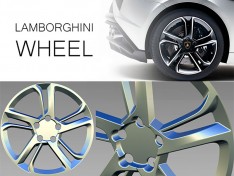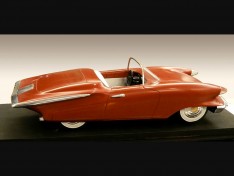Resistance Spot Weldability of High Strength Steel (HSS) Sheets for Automobiles
Abstract/Summary
Resistance spot welding technologies of high strength steel (HSS) sheets were investigated in order to get high reliability in welded-joints of automobile components.
Suitable welding current range shifted to lower currant side by the effect of electric resistance increase of steel sheet and the width of this range was affected by electrode force. Vickers hardness at welded zone increased with increase of C content, mainly.
Tensile shear strength (TSS) of welded-joints increased with increase of nugget diameter, sheet thickness and base steel strength. Cross tension strength (CTS) increased with increase of nugget diameter, sheet thickness, however, showed peak for the base steel strength and carbon equivalent.
Fatigue strength of welded-joints increased with increase of sheet thickness, however, it didn’t increase with increase of base steel strength.
Suitable welding current range of galvannealed HSS sheets shifted to higher current side by the effect of melting of coated material. Electrode tip life of these coated HSS sheets were over 3,000 points and these were practical use level.




 share on Buffer
share on Buffer

